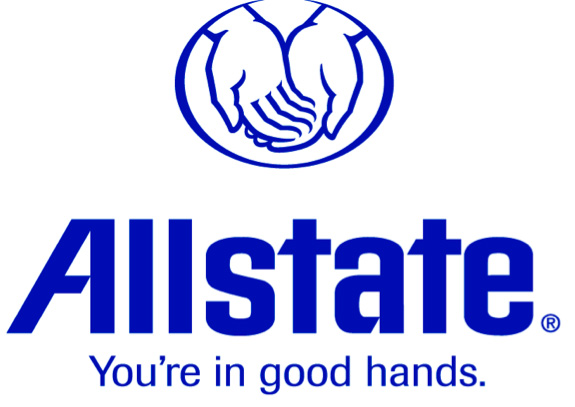He spoke at the Raymond James Institutional Investors Conference and said Allstate still expects to grow auto this year "but it's going to be a lot harder than it was in 2015, just because of all the profit actions we're putting into play." The company may "get some cover if our competitors are acting as aggressively as we are," he added.
Allstate is not alone in seeking higher premiums - 63 rate changes for the top-five U.S. auto insurers were approved in February by regulators in 17 states. A couple would lower some Progressive Insurance Group rates. According to Best's State Rate Filings, the greatest percentage of increase was approved by Kentucky regulators, who gave Allstate the green light to hike some rates by 33.4%.
The insurer was also approved last month for subline rate hikes in Massachusetts, with 9%; Michigan, 7.1%; Rhode Island, 5%; and New York, 8.8%.
Macellaro said the company will keep taking rate until it returns to "historical" profit levels.
He compared the auto insurance actions to those taken by Allstate in homeowners over the past 10 years and said, "there's more to Allstate than just auto insurance." During the past decade, he said the "average" homeowners gross premium increased about 45% while there was a "significant shift" to base deductibles of at least $1,000. Since 2006, Allstate shed about 2 million homeowners policies. In 2011, it reported $2.9 billion in catastrophe losses and an underwriting loss of $1.3 billion. In 2015, cat losses totaled $1.2 billion and the insurer said it posted an underwriting income of $1.4 billion.
One change Allstate made, said Macellaro was in "really pulling back from the coasts." It continues to purchase "strong reinsurance," he said and is now "selectively" returning to some coastal regions with the caveat that "we don't want to be on the sand."
Macellaro also said the company hopes to grow its life line through its agents.
The affect of increased technology on auto so far has been seen in severity, said the vice president, because newer vehicles are "more complex ... We would expect that safety advances" will result in decreasing frequency "at some point."
On the subject of distracted driving, he said, "If you look around you see a lot of people on their phones these days" and there's "a lot of qualitative information" about texting, talking and web browsing behind the wheel, but it's not in official reports. "People are not actively admitting they were using a phone in a car" to a police officer investigating an accident.
Allstate Drivewise and Esurance DriveSense usage-based devices and mobile phone apps gather "almost real-time feedback on their driving behavior" for about 1 million active users, said Macellaro. "Once I have you on the telematics program I know exactly how you drive," he said, and is "more powerful than any" proxies. "We feel that telematics is more powerful than credit from a pricing perspective."
Allstate Chairman and Chief Executive Officer Thomas Wilson said last month the company expects auto frequency and severity to continue to rise in 2016. Merging its numbers with data from the Federal Highway Administration, Allstate said two regions - the West and South Atlantic - outpaced the nation's frequency increase and were also the two areas of the United States where miles driven rose by more than 5%.
At the other end, Allstate said Northeast drivers increased miles driven by slightly less than 3% and "outperformed" the average accident rate.
Allstate's net income available to common shareholders dropped 42% in the fourth quarter, to $460 million. For the year it dropped 25.2%, to $2.06 billion.
Allstate is the third-largest property/casualty writer in the United States, based on net premiums written, with $27.8 billion in 2014, according to BestLink.












 Automobile insurance rate increases totaling $1.1 billion were approved for Allstate Corp. companies in 2015 and tighter underwriting standards mean it's not as open to new business as it was 18 months ago, according to Vice President of Investor Relations Pat Macellaro.
Automobile insurance rate increases totaling $1.1 billion were approved for Allstate Corp. companies in 2015 and tighter underwriting standards mean it's not as open to new business as it was 18 months ago, according to Vice President of Investor Relations Pat Macellaro.